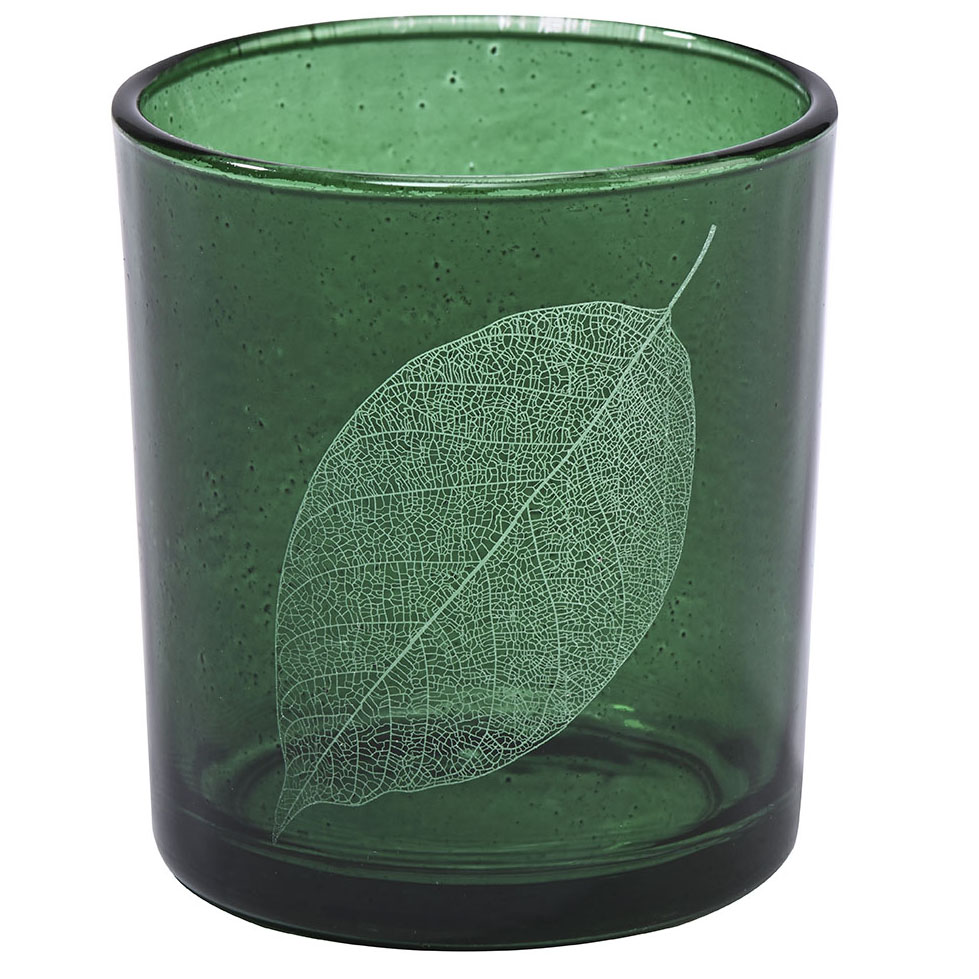유리에 산업용 UV 레이저 마킹: 고품질을 달성하는 방법
Apr 22 , 2023How to improve the quality of laser marking on glass? Perhaps this is your first week of starting a laser engraving business or you have been using your laser quite proficiently for some time now, and today you tried to give a shot to a glass object. It can be a custom order for a beer glass, decoration ornament, or anything else made of glass. If you are a small business owner laser marking on glass can open a lot of new business opportunities and potentially amplify your business revenues. That is of course, if you end up mastering the art of laser marking on such a delicate material.
A Industrial UV laser engraved glass cup

Unlike metals, plastic, ceramic or almost any type of material glass is far less forgiving for mistakes . Yet the entire awards and engraving industry has an ample demand for memorabilia. Be it a custom name plate, a wine glass or an engraved honor plaque. So how do you perfect this art of laser marking on glass you wonder?
In the upcoming series of articles we will discuss a number of different aspects of this delicate process. We will first explore the two main types of processes employed for laser marking on glass objects. by some meaty articles discussing the types of lasers used in such applications. We will give practical tips on how to adjust parameters and further refine them. We will show how to position the samples in the chamber and how to focus the laser for the optimum performance. So please stay tuned! Without further ado our first one in these series:
Technologies of Glass Marking with Industrial UV Lasers
The first thing to decide is choosing the process of laser marking. There are two main process that are used in laser marking – additive laser marking and engraving. Additive laser marking, as the name suggests, involves sintering special colored materials to the surface of glass thus achieving contrast. In contrast, during laser engraving, the material itself is altered in the marked area that created a distinct contrast between the marked and untouched areas. In the following two sections we briefly describe these two technologies.
Additive Industrial UV Laser Marking on Glass
Additive laser marking refers to the process of coating the substrate with a special ink which then binds to the material by “welding” under the intense flux of laser radiation. This special laser marking materials (inks) are designed to absorb the light radiation and heat up the surrounding micro-area to melting temperatures. The created hot sup then permanently binds to underlying glass trapping special dye particles in the process.
As a result the bonded material creates thin layer on top of the glass, just like a painted ink on a glass or ceramic that was baked in a kiln. It is the addition of the colored pigments that creates the contrast in the laser mark. Invented in 1990’s this technology allows producing permanent marks on metal, glass, ceramic and stone parts for a wide range of industrial and artistic applications.
The key advantage of additive laser marking of glass substrates is the high-contrast and the ability to add colors. The latter can be done through the choice of different color laser marking inks. These advantages arguably come with the requirement of a skilled operator and special handling instructions.
플라스틱 산업 영역에서 첨가제 레이저 마킹은 레이저 마킹을 지원하기 위해 특수 잉크를 추가하는 프로세스를 의미할 수도 있습니다. 위에서 설명한 잉크와 달리 이러한 잉크는 흡수된 레이저 에너지를 열로 변환하도록 설계되었습니다. 이 시나리오에서 잉크 자체는 마킹된 재료에 결합되지 않습니다.
판화로 유리에 레이저 마킹
위에서 설명한 부가적인 레이저 마킹 공정과 달리 레이저 제판은 부가적인 도움 없이 재료를 직접 가공합니다. 조각하는 동안 강렬한 레이저 빔은 기판에 미세 균열을 생성하고 마킹 영역을 통과하여 빛을 반사하는 멋진 "미세 균열 필드"를 생성하고 최종 아티팩트에서 볼 수 있는 아름다운 샌드 블라스팅 무광택 마감으로 나타납니다. . 재료와 레이저 상호 작용의 실제 메커니즘은 다소 복잡합니다. 그것은 레이저의 종류와 출력, 파장(일명 색상), 포커싱, 펄스 주파수 등과 같은 방사선 조건에 따라 달라집니다.
이 기사의 목적을 위해, 흡수된 방사선이 극히 작은 영역에서 국부적으로 표면을 녹임으로써 해당 영역에 심한 미세 손상을 유발한다고 간단하게 가정하는 것으로 충분합니다. 일반적인 초점 크기 – 기판에서 레이저 방사의 크기는 대략 100um(밀리미터의 10분의 1) 정도입니다. 이것은 너무 작아서 기판의 무결성이 손상되지 않습니다. 무광택 마감의 시각적 효과를 내기에 충분합니다.